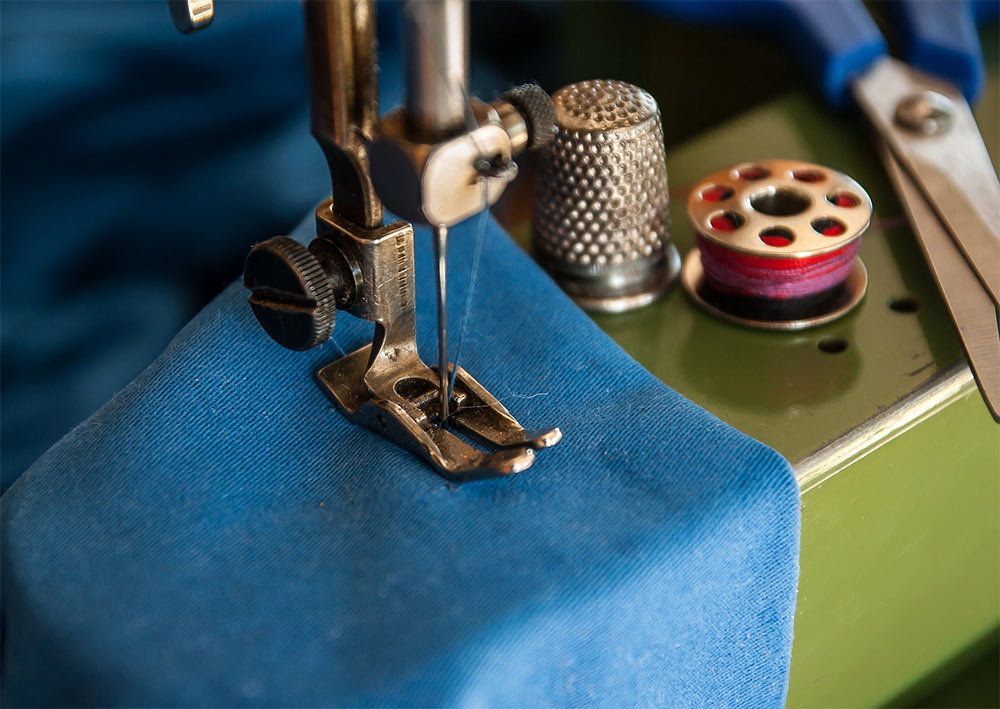Whether you are just getting involved in the world of sewing or are a seasoned pro, knowing which machines are best for each job can be difficult. Below we look at the differences between a coverstitch and overlock machine to help you understand the machines and their individual benefits more clearly!
The coverstitch
Coverstitch machines are most commonly used for chain stitching and to sew knit hems. Coverstitch hems are favoured by professionals due to their smart appearance, which looks like two rows of stitching on the front and a serger-like stitch pattern on the back. A coverstitch machine can use multiple threads and can often sew with up to three needles but only have one looper and do not use a blade. Both utility and decorative effects can be created by a coverstitch machine, which makes it a great choice for versatility.
The overlock
An overlock machine, sometimes referred to as a serger, creates an overlocking stitch which performs more like knitting than sewing. The overlock machine is more commonly used to create a professional finish on the inside of garments, as it prevents fabric from unravelling by trimming and binding seams. Although the overlock machine is mainly used to finish fabric edges prior to sewing, it can be used to create rolling hems, for example, and create finished garments. Unlike a coverstitch, an overlock does have a blade which can cut seam allowances and has two loopers which create the knitted effect of the overlock stitch.
Coverstitch vs overlock – which is best?
There is no definitive answer to which is best, it depends on the project you are working on and your personal preferences. For example, an overlock machine is more useful when dealing with the construction of garments, but a coverstitch machine can create more decorative effects. Consider what your sewing priorities are and select the machine that will work best for you!

